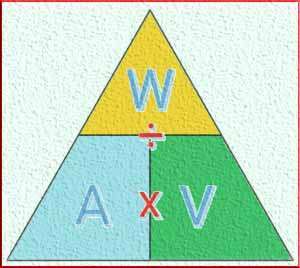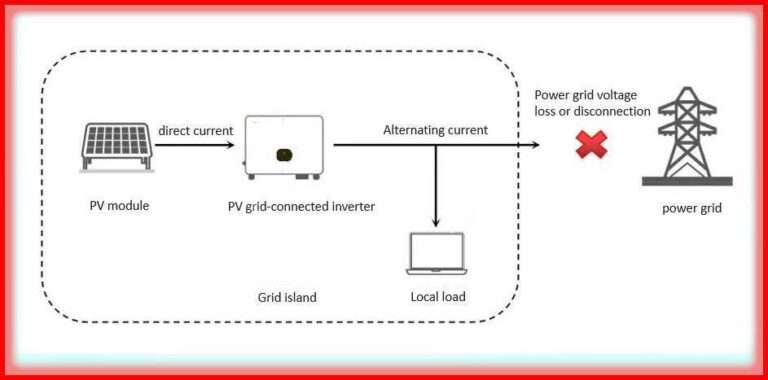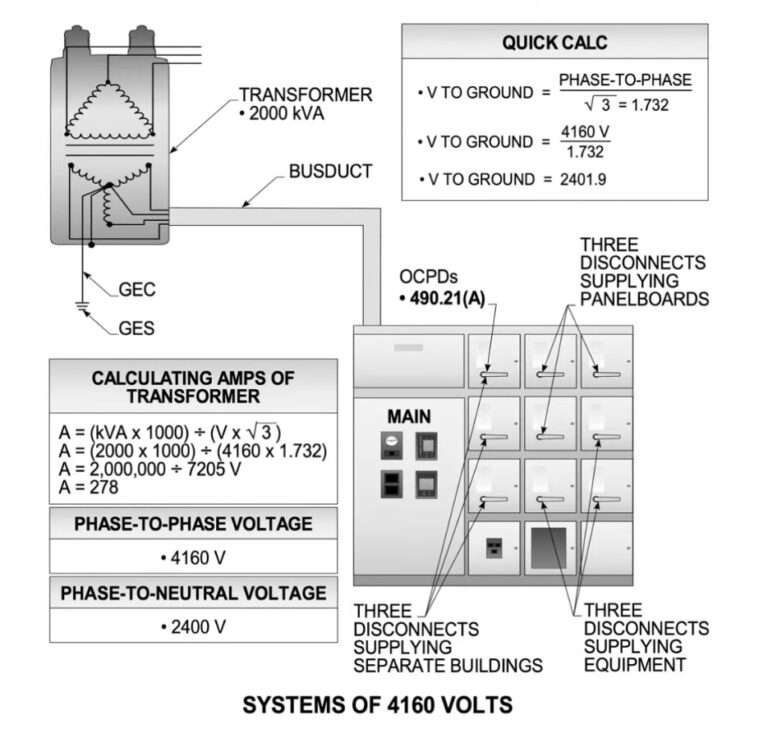When Should You Not Use a Frequency Drive?
A frequency drive, also known as a variable frequency drive (VFD), is widely used in modern motor control systems. It adjusts the speed and torque of electric motors by varying the frequency and voltage supplied. But while a frequency drive offers many advantages, there are certain conditions where using one may not be ideal. Understanding these conditions is crucial for engineers, technicians, and plant managers. Let’s explore the scenarios where a frequency drive should be avoided.

What is a Variable Frequency Drive?
A variable frequency drive (VFD) is an electronic device that controls the rotational speed of an alternating current (AC) motor. It does this by adjusting the motor input frequency and voltage. Most commonly, a frequency drive is used in HVAC systems, conveyors, pumps, and fans to improve energy efficiency.
The key components of a frequency drive include:
- Rectifier
- DC link
- Inverter
- Controller
These components work together to convert fixed-frequency AC into variable-frequency AC, which in turn controls motor speed. The ability to adjust speed on demand helps reduce energy consumption and wear on mechanical parts.
Despite these benefits, a frequency drive is not suitable in all situations.
When Load Torque Requirements Are Constant
If your application demands constant torque across all operating speeds, a frequency drive may not offer the best performance. Some equipment, like positive displacement pumps or compressors, require full torque even at low speeds. A VFD in such cases can cause motor overheating or poor torque control.
Instead, a soft starter or direct-on-line (DOL) starter may be a better choice in these applications. These alternatives provide full torque from the start and are simpler in design.
When Precise Speed Is Not Needed
There are many industrial setups where motor speed is fixed and does not require adjustment. Using a frequency drive in such scenarios can be unnecessary and adds cost, complexity, and maintenance. For example:
- Simple water pumps running at constant speed
- Exhaust fans in static ventilation systems
- Conveyor belts with uniform product flow
In such cases, a basic contactor-starter system or a mechanical speed reducer is more practical.
When Power Quality Is a Concern
A frequency drive can introduce harmonic distortion into the power supply. Harmonics affect sensitive equipment and reduce overall power quality. If your plant has equipment like computers, PLCs, or precision instruments, the VFD’s harmonics can cause serious interference.
Frequency Drive Harmonic Filter
To mitigate harmonics, a frequency drive harmonic filter can be used. However, these filters are expensive and take up space. In facilities with poor grounding or inadequate power quality management, avoiding VFDs or using alternative motor control solutions is more cost-effective.
Here is a comparison table of harmonic impact:
| Parameter | With VFD (No Filter) | With Harmonic Filter |
|---|---|---|
| Harmonic Distortion | High | Low |
| Sensitive Equipment Risk | High | Low |
| Cost | Low | High |
If you’re running high-end medical or analytical labs, it’s best to avoid VFDs unless absolutely necessary.
When Operating in High Temperatures
A frequency drive generates significant heat during operation. If you install it in an environment with poor ventilation or high ambient temperature, the drive may overheat. This leads to thermal shutdowns or permanent damage.
Drive Heat Dissipation
All frequency drives require proper drive heat dissipation. You must consider heat sink size, cooling fans, and enclosure design. In desert climates or indoor setups with poor airflow, using VFDs without enhanced cooling systems can be a liability.
Use this heat management comparison:
| Environment | Drive Cooling Required | Recommendation |
|---|---|---|
| Temperature < 40°C | Standard Cooling | Use VFD with fan |
| Temperature > 50°C | Advanced Cooling | Avoid VFD or use HVAC |
If you cannot ensure effective heat dissipation, skip using a frequency drive altogether.
When Reliability is Critical
Some applications cannot tolerate even a momentary failure. A frequency drive, being an electronic component, is vulnerable to power surges, software glitches, and internal component failure.
For example:
- Fire protection pumps
- Emergency generators
- Safety systems
In such cases, a 3 phase frequency drive or single phase drive might not be reliable enough unless you install redundant systems. Mechanical starters or fixed-speed motors are safer options.
When Using Generator as Power Source
Generators and VFDs often don’t go well together. A frequency drive requires a stable voltage and frequency input, but generators often suffer from voltage dips and frequency variations under load changes. This mismatch can cause the VFD to trip, overheat, or malfunction.
Also, starting a VFD on generator power creates a high inrush current. This can overload the generator. Unless your generator is oversized and well-tuned for such applications, using a VFD is not recommended.
When Motor Type Is Incompatible
Not all motors are suitable for use with frequency drives. Motors that are old, have poor insulation, or are designed for fixed-speed operation can fail under VFD control. Using a frequency drive on an incompatible motor may result in:
- Bearing failures due to shaft voltage
- Excessive heat build-up
- Coil insulation breakdown
Check motor nameplate ratings and consult the manufacturer before pairing with a VFD.
Single Phase Drive Limitations
A single phase drive is typically limited in its output capacity. It’s suitable only for small motors below 3 HP. If you’re dealing with larger motors or heavy-duty industrial loads, a 3 phase frequency drive is required.
Also, single phase VFDs are less efficient and have more harmonic issues. In many countries, they are not recommended for commercial or continuous duty operations.
Integration Challenges in Small Projects
While it’s possible to pair a drive with Arduino or other microcontrollers, doing so adds programming complexity and synchronization issues. Most Arduino boards operate at 5V logic levels and may require signal converters for safe operation.
Also, drives have their own logic protocols like Modbus or RS-485, which are not natively supported in basic microcontroller setups. For hobby or small automation projects, using a relay-based motor controller is often easier and safer.
Overhead in Maintenance and Training
Installing a frequency drive involves more than just wiring. The team needs proper training on:
- Parameter setting
- Fault diagnosis
- Communication protocols
- Safety handling
In places where technical support is limited, a VFD can become a bottleneck rather than an advantage.
Conclusion
A frequency drive is an excellent tool when used in the right context. It offers energy savings, speed control, and smooth operation. But it’s not a one-size-fits-all solution.
You should avoid using a frequency drive when:
- Load requires constant torque
- Speed control is unnecessary
- Harmonics can affect other systems
- Environment is too hot
- Power comes from a generator
- System needs high reliability
- Motor is not VFD-rated
- Project is small and doesn’t justify complexity
Always evaluate your application’s needs, cost factors, and system limitations before opting for a frequency drive. When used wisely, a VFD is a powerful asset. When misused, it can create more problems than it solves.
Follow Us on Social:
Subscribe our Newsletter on Electrical Insights to get the latest updates in Electrical Engineering.
#FrequencyDrive, #VFDLimitations, #MotorControl, #IndustrialAutomation, #DriveSelection, #VFDTips, #ElectricalEngineering, #ACDrives, #VariableFrequencyDrive, #VFDApplications, #VFDSafety, #MotorDrives, #VFDProtection, #ElectricalDesign, #PowerElectronics





